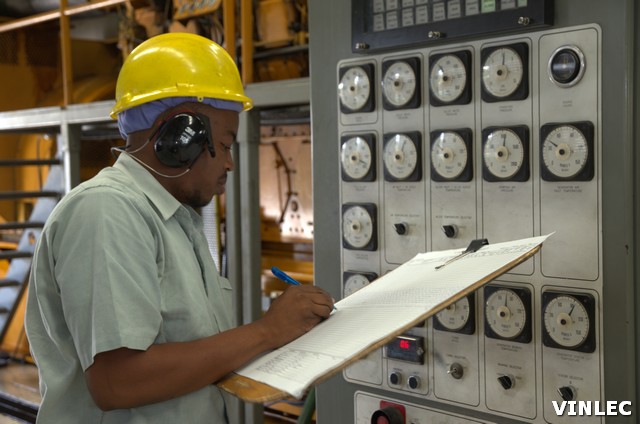
 Generating electricity can be an expensive undertaking for small island states, which face such challenges as lack of scale and high fuel transport costs. The challenges only increase when a country includes multiple islands—as is the case with Saint Vincent and the Grenadines. Like much of the Caribbean, this island chain depends largely on fossil fuels to meet its energy needs. But that’s beginning to change.
Generating electricity can be an expensive undertaking for small island states, which face such challenges as lack of scale and high fuel transport costs. The challenges only increase when a country includes multiple islands—as is the case with Saint Vincent and the Grenadines. Like much of the Caribbean, this island chain depends largely on fossil fuels to meet its energy needs. But that’s beginning to change.Located in the Windward Islands of the West Indies, Saint Vincent and the Grenadines comprises the main island of Saint Vincent—the seat of government and home to most of the country’s population of about 110,000—as well as 32 smaller islands and cays.
The island of Saint Vincent currently supplies about 20 percent of its electricity from hydro, and it is moving to develop its geothermal resources, with drilling expected to begin early this year, according to Ellsworth Dacon, Director of Energy in the country’s Ministry of National Security. If the drilling is successful—Saint Vincent is in a geothermal zone and has an active volcano—the country hopes to be about 75 percent renewable by 2021, Dacon said in an interview last November.
For the smaller islands, which now get their electricity from diesel power stations, solar energy is the go-to solution. On Union Island—one of the seven inhabited Grenadine islands within the country, with a population of about 2,700 people—an almost-completed hybrid project will use solar panels and battery storage to supply electric power during the day, with support from the existing diesel plant at night.
“It would not completely be 100 percent renewable, but it will go a long way and save a lot of fuel,” Dacon said. The project, financed with a grant from the United Arab Emirates (UAE), will supply the island’s daytime electricity needs with a 600 kW solar photovoltaic power station combined with a 600 kWh lithium ion battery to compensate for intermittent fluctuations.
“Solar is affected by cloud cover,” Dacon explained. “When you have a small island with a very small load system, one cloud cover could affect the entire island at once.”
That causes problems when the electric grid cannot handle sudden drops in power, he said. In fact, on Bequia—the country’s second-largest island, with a population of more than 4,000 people—the electric utility had to block further grid-connected solar development to guard against blackouts, according to Dacon.
With battery power on tap, if a cloud momentarily covers the sun, the system automatically draws on the battery to keep the flow of electricity stable. Recent technological advances in battery storage have made these types of systems more accessible, Dacon said, adding that batteries now have much more staying power and cost much less than they used to.
Union Island will still rely on diesel for the nighttime hours, but with solar power providing daytime electricity, much less fuel will have to be transported from Saint Vincent. That means the state-owned utility, St. Vincent Electricity Services Limited (VINLEC), will save on operating costs, Dacon said, since transporting fuel is expensive and ratepayers across the country pay the same tariff for electricity regardless of which island they live on.
The solar and battery technology is hardly cheap; Saint Vincent received a nearly $3 million grant from the UAE for the Union Island project. (See related story in this issue.) But it’s also important to consider the environmental benefits of reducing consumption of fossil fuels and the energy security benefits of reducing dependence on oil imports, Dacon said. Greater price predictability is another important factor; after all, even if oil prices shoot up, the sun keeps shining for free.
“We’re a tourist destination. It’s easy for hotel planning if you have a stable price,” Dacon said.
Eventually, Saint Vincent and the Grenadines wants to ensure that each of the inhabited islands in its archipelago can become self-sufficient in electricity through renewable sources, Dacon said. In addition to the Union Island project, the country is developing a smaller pilot project on the tiny island of Mayreau, which has an area of only about 1.5 square miles and a population of under 300 people. That project, which would be 100 percent renewable and provide 150 kW of solar energy with battery storage, would serve as a demonstration project, according to Dacon.
We’re going to try and do each island based on funding and based on support from international agencies,” he said.
 View Map
View Map